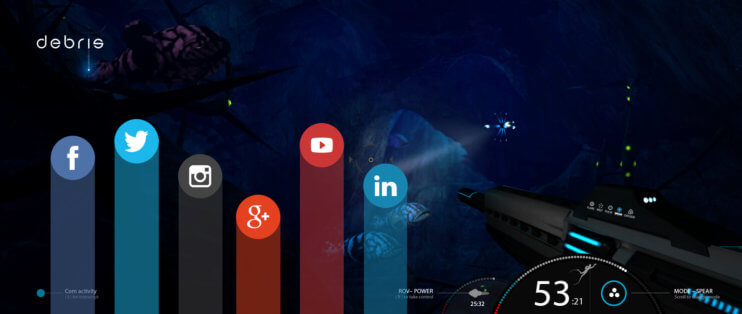I know what you’re thinking: another blog about marketing your indie game. Yes, another one, but hopefully this one will be more informative than a list of the top 10 things you need to do to become a millionaire.
It’s no secret now that you need to have a social presence if you want to get noticed by the public. The question is how? How do you do this? Why do you do this? When? Where? Who? Grrrrr. “This is so frustrating, no one is paying any attention to me.” – Disgruntled game developer. Don’t worry, you can do this.
Invest in your social presence
The first thing you need to do is to be social. I know this sounds silly, but many studios and indie developers don’t take it seriously. They feel that time dedicated to engaging in the social realm takes away from developing their indie game. I would argue that if no one plays your indie game, does it matter if you spent four years making it? The great thing about connecting with people is you can do it almost any time, anywhere. So if you’re on the bus, do some social engagement. Waiting for your in-laws to put their shoes on and go to the bathroom, BOOM, just tweet baby. It’s so simple!
Your indie game message
Understand your social message: who is your game for? We’re developing this, we’re launching this, buy this now, etc. If you’re making the best coffee in the world, then it doesn’t make sense to talk about toenail clippers, right? Knowing what you want to say is more important than saying something just to be in the mix. In our case, we’re making a video game, Debris. We’ve decided to set goals based on the production schedule. We’re in the game development stage so naturally our social presence is about this. As we shift into other phases, the conversation will change.
Be in the right places
Find the right social media platforms for your voice. It can be a daunting task, so start with the ones you’re most comfortable with and grow from there. Do some research into who’s on what network. Twitter has 317 million active users per month. How many are interested in what you have to say? We’ve found that some platforms are easier then others: G+ is difficult and less engaging, LinkedIn is also somewhat difficult, but has much higher engagement in our experience. Play with them all until one is clicking.
Research the best in the business
Once you’ve committed to being the social media master of the universe, try doing it well. Writing good copy is not easy, so follow people or businesses that you think are amazing and use them as benchmarks for your own posts. This is something that takes time, but gets much better as you grow.
Hashtag the world
Use the right hashtags to get noticed. Pretty simple. Try and limit the amount of tags per post (the general rule here is two). If you go over, you’ll get more exposure but less engagement, so try to split up your posts to avoid this. Engagement is more important than exposure because eventually those users generate more exposure. Check your hashtags to see how many people are using them or are interested. This is important, because if you’re using something unrelated to your message, it will be a waste. Don’t worry, you can always recover.
Measure your progress
So you’ve been posting for a while now and things aren’t growing anymore, why? Use analytics as much as possible. Almost every platform has them now, which is great, and you can tell which posts are working and which ones, well, not so much. Here is a screen grab of our Twitter progress. We compare every month to see what kind of momentum we have and if we need to shift gears.
Twitter month one
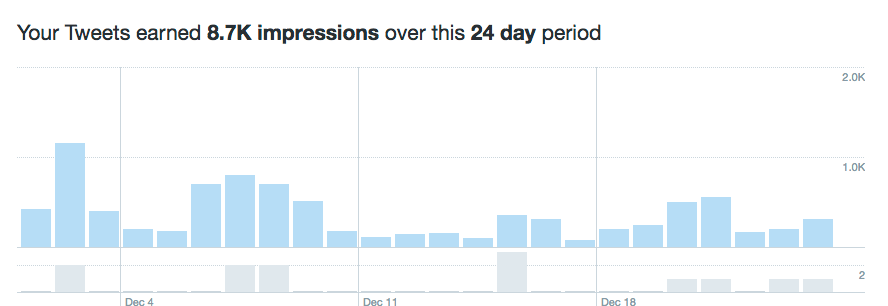
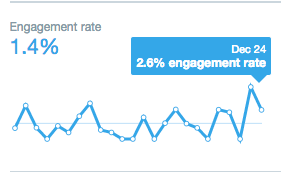
- Twitter month one was pretty good. Everything is positive, we just began to have a social presence. What’s great about these analytics is we have a benchmark to surpass next month.
Twitter month 2
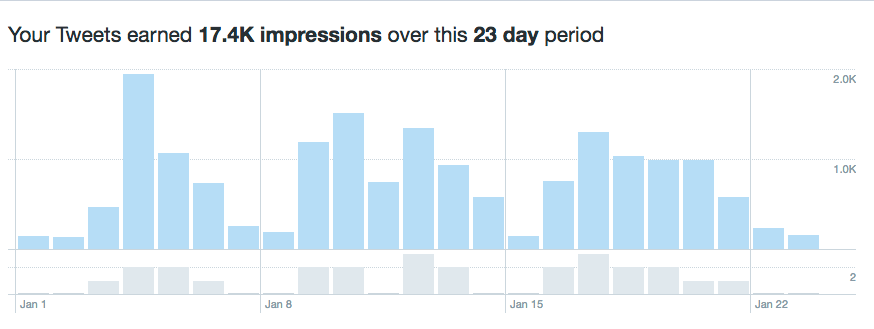
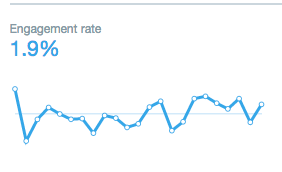
- Twitter month two was a great improvement. We can see our copy is having an impact on our users, engagement went up .5% and the number of impressions doubled. The overall goal is to have impressions in the 100k range and a 5% engagement rate.
Continue to engage your indie fans
Don’t stop engaging your fans. We see this all the time: indie game developers build up a community and as soon as they ship their game they drop off the face of the earth. Wait, what, why? You don’t plan on making another game? You’re too sad because the millions of dineros didn’t trickle in? Keep at it, talk about your new project, DLC, or patches coming up. Tell your fans you’ve switched accounts and follow that one, don’t lose your audience that you’ve worked so hard to gain in the first place.
Your indie game is good but…
You are not that unique unicorn that you think you are. At every game development event or convention, we hear someone complain about how they didn’t get noticed and their game is the best game known to humankind. It’s time to wake up and smell the guava, there are over 500 games a day being released on iOS a day. There are over 5600 games on Steam in 2015 reported by PC Gamer. So you are competing for market share with every post of news about your product. But don’t despair or get disappointed, get better at spreading the news. Engage with people who want to play your indie game and help it grow into its own greatness.
The more you engage with people, the better you’ll get at understanding what works and what doesn’t. Each game has a different hook and audience, get to know yours well and you’ll be growing the ever-important network of influencers needed to make your indie game a massive success!
Tools we’re using to help us grow:
Twiends
Klout
Tweetdeck
Google Analytics
Also, learn how to use Reddit, but don’t abuse it because it’s one of the best places to get visibility. Make sure to read the rules on each subreddit and post properly, redditors do not like spam.
Follow us on one of our various social feeds, if you dare!
